


A new study details processes that keep pollutants aloft despite a drop in emissions.



Researchers have synthesized a new compound called infuzide that shows activity against resistant strains of pathogens.
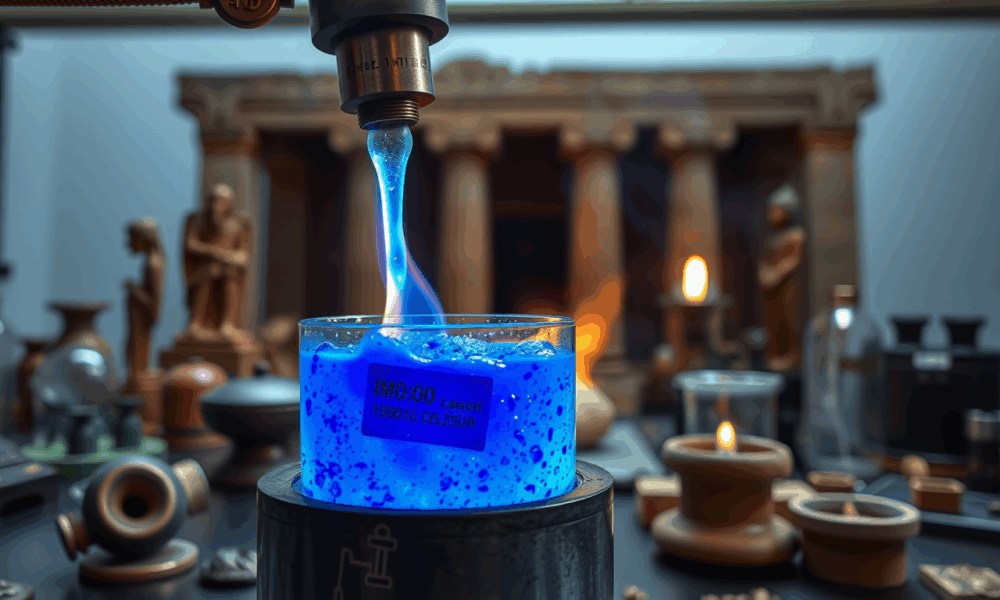


Researchers have recreated the world's oldest synthetic pigment, called Egyptian blue, which was used in ancient Egypt about 5,000 years ago.
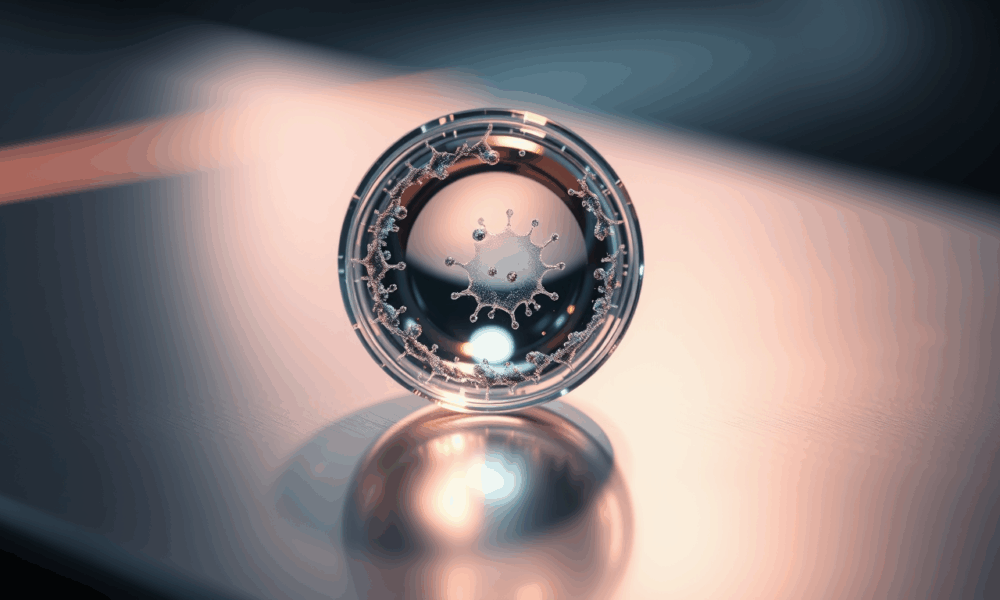
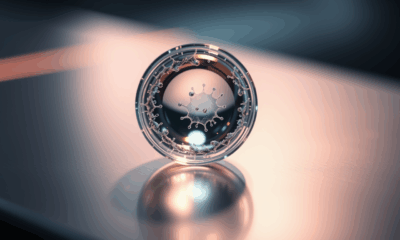

Physicists have developed a lens with 'magic' properties. Ultra-thin, it can transform infrared light into visible light by halving the wavelength of incident light.
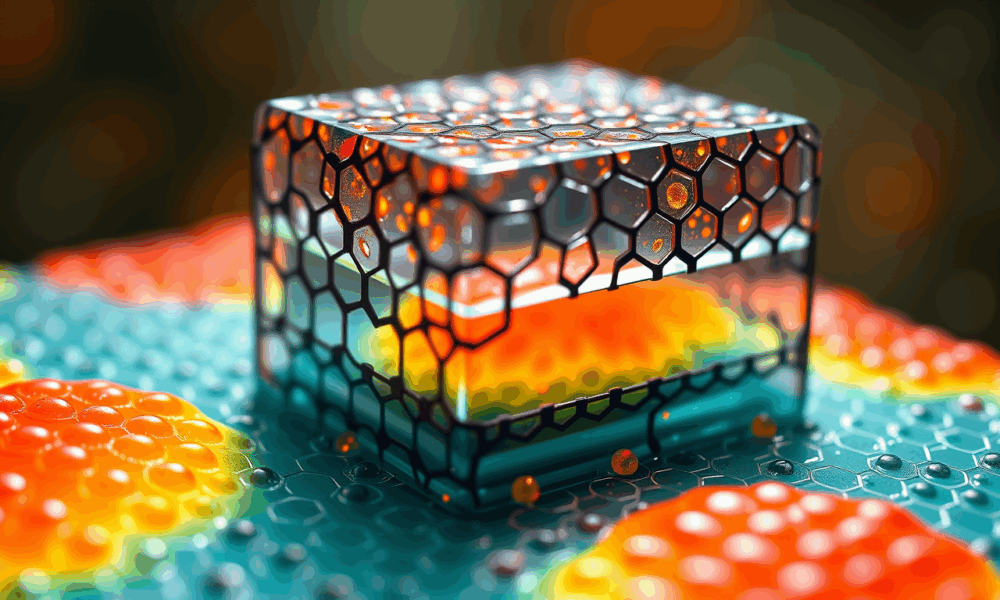
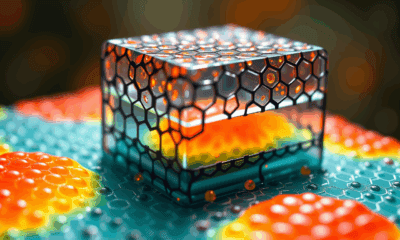

Materials scientists have succeeded in creating a genuine 2D hybrid material called glaphene.
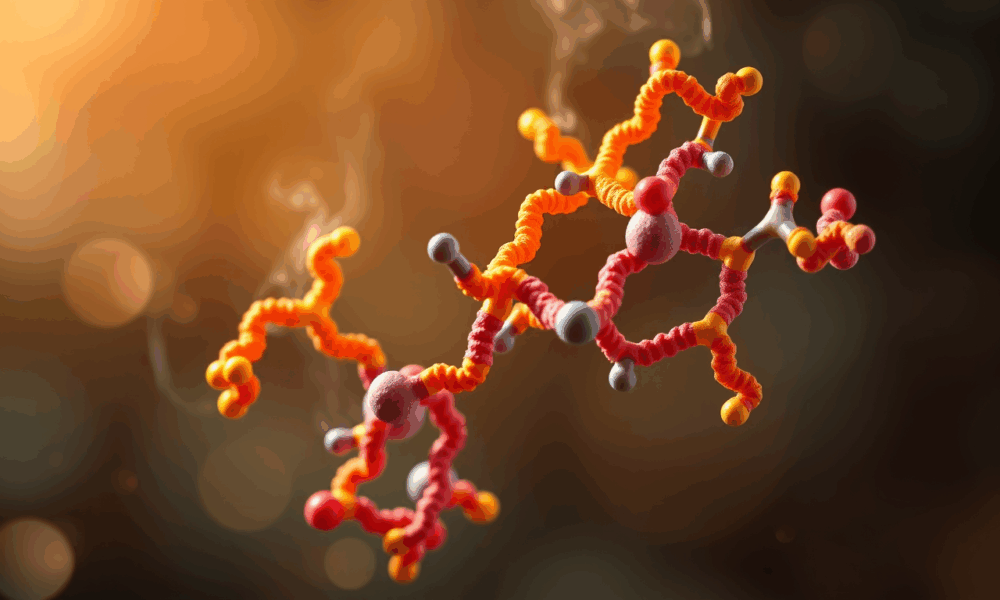
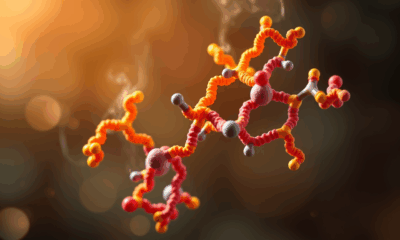

Most people have witnessed -- or rather smelled -- when a protein enzyme called sulfite reductase works its magic. This enzyme catalyzes the chemical reduction of...
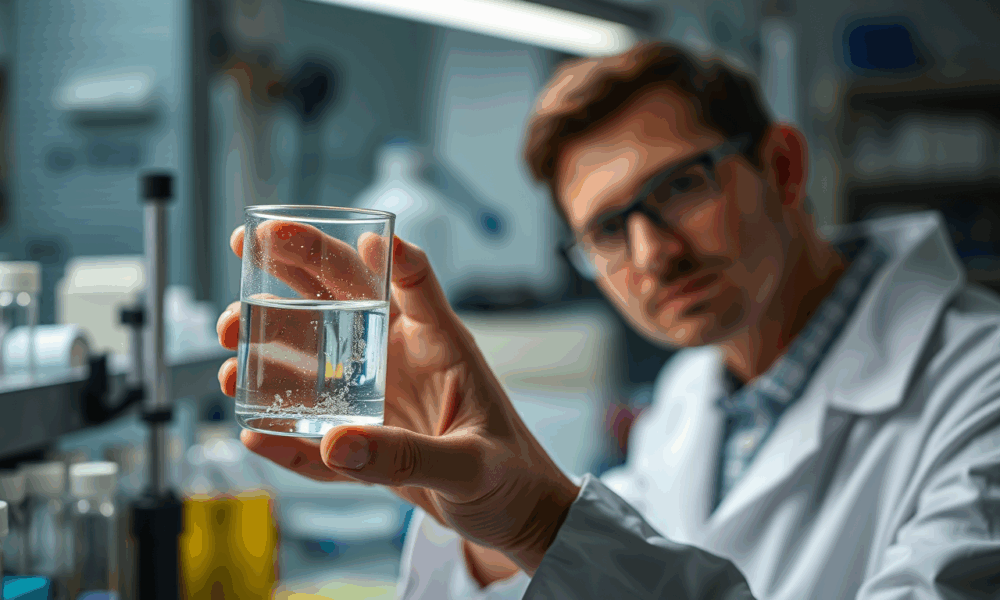
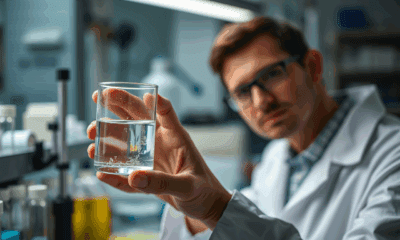

Researchers find that iron powder, an inexpensive alternative to activated carbon, does a better job at filtering PFOS from water -- it's 26 times more effective.
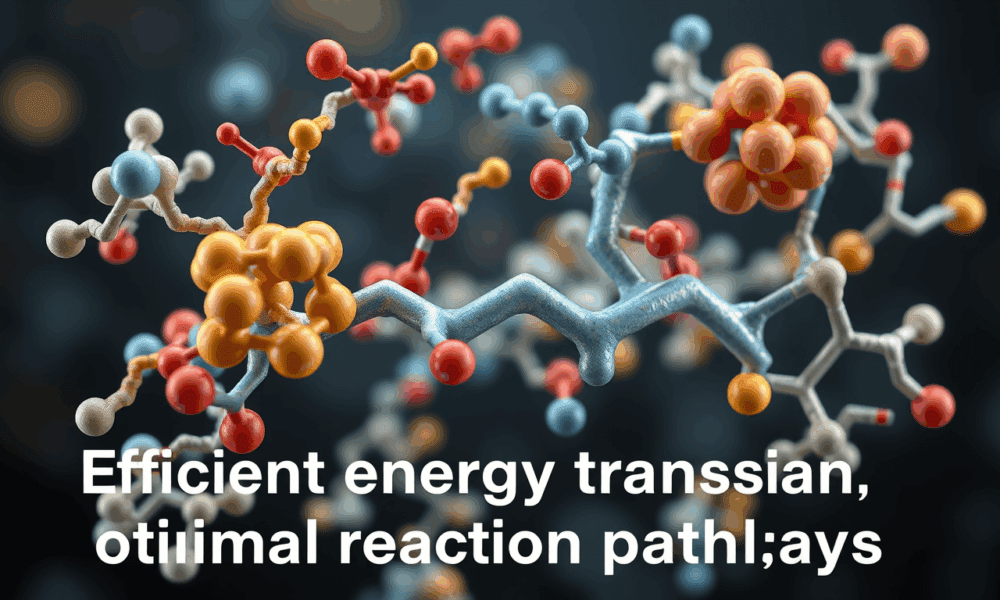
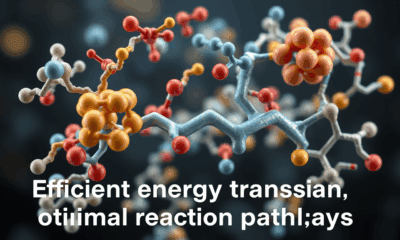

In biology, enzymes have evolved over millions of years to drive chemical reactions. Scientists have now derived universal rules to enable the de novo design of...

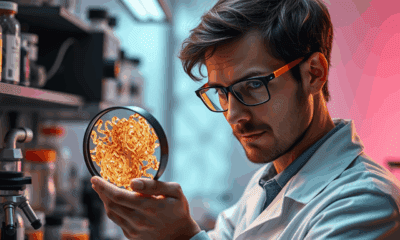

Researchers have discovered a new 2D material, confirming decade-old prediction.
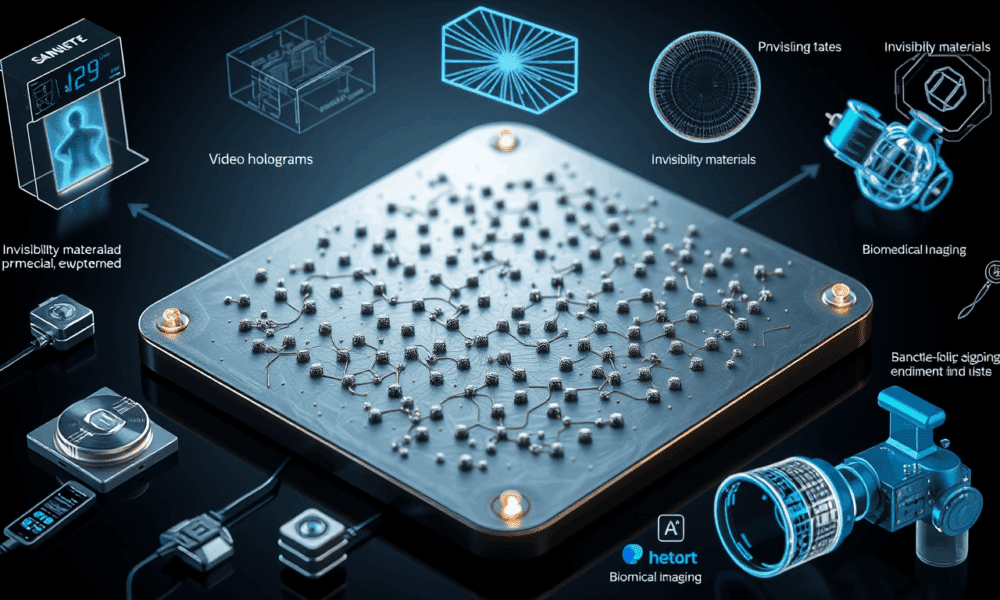
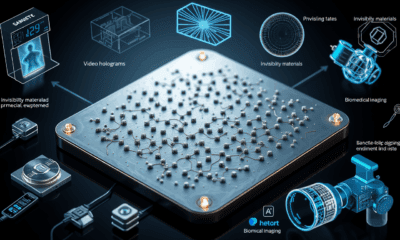

By carefully placing nanostructures on a flat surface, researchers have significantly improved the performance of so-called optical metasurfaces in conductive plastics. This is a major step...